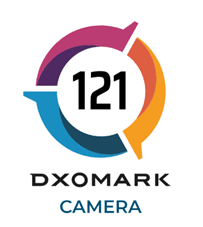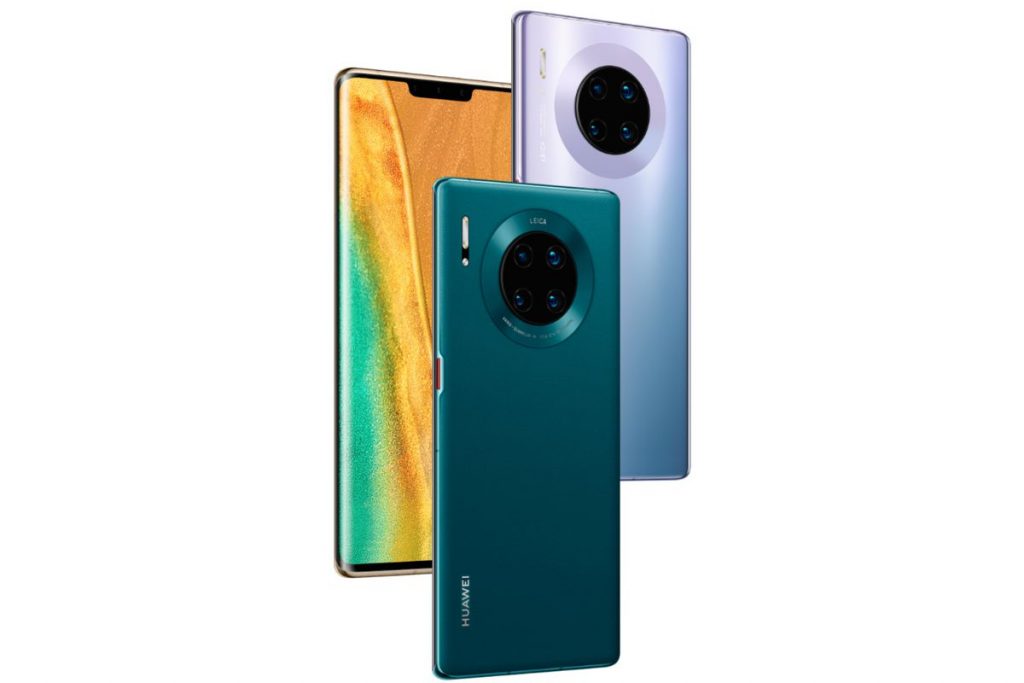Huawei Mate 30 Pro Lands Top Marks for Photography
Huawei’s innovative SuperSensing Cine Camera has taken the number one ranking in overall camera performance and has achieved the highest [ever] photo score in DxOMark’s ranking history.

DxOMark, which is the well-known photographic ranking system and pretty-much the recognised providers of benchmarking for imaging quality, thoroughly evaluate the image quality of smartphone cameras as they appear on the market. Now, DXOMark has announced that the HUAWEI Mate 30 Pro’s integrated quad-camera system, including the brand’s SuperSensing Camera and Cine Camera, now holds the number one slot in overall DxOMark camera score. By reaching the highest status, Huawei’s newest flagship device has reinforced the brand’s reputation as the masters in smartphone photography.
DxOMark commented: “With an overall DxOMark camera score of 121, the Huawei Mate 30 Pro is the new number one in our smartphone camera ranking. The new record is largely due to a phenomenal photo score of 131, a full five points ahead of the previous leader,”

The HUAWEI Mate 30 Pro’s ground-breaking camera system includes a 40MP SuperSensing Camera, a 40MP Cine Camera, an 8MP Telephoto Camera and a 3D Depth Sensing Camera. The SuperSensing Cine Camera is a dual-main camera system capable of taking stunning photos including Ultra-Wide Night-shots, Ultra-Wide Angle shots with HDR+, and portrait shots with Pro-Bokeh Effect.
The 40MP SuperSensing Camera with RYYB colour array is designed to attract more light, ensuring the HUAWEI Mate 30 Pro takes very detailed and clear images in super low-light conditions. Coupled with an ISP 5.0 Image Signal Processor, the HUAWEI Mate 30 Pro captures photographs and videos of the highest possible quality.
Huawei’s Mate 30 Pro is also capable of taking pro-level videos with a cinematic edge. The Cine Camera features a large 1/1.54-inch sensor size with a high maximum ISO of 51200 to capture videos including Ultra Slow-motion video at the highest 7680 frames per second as well as 4K Low-light Ultra-Wide Time-lapse video.
For more information about the DxOMark tests, visit DXOMark’s website.






